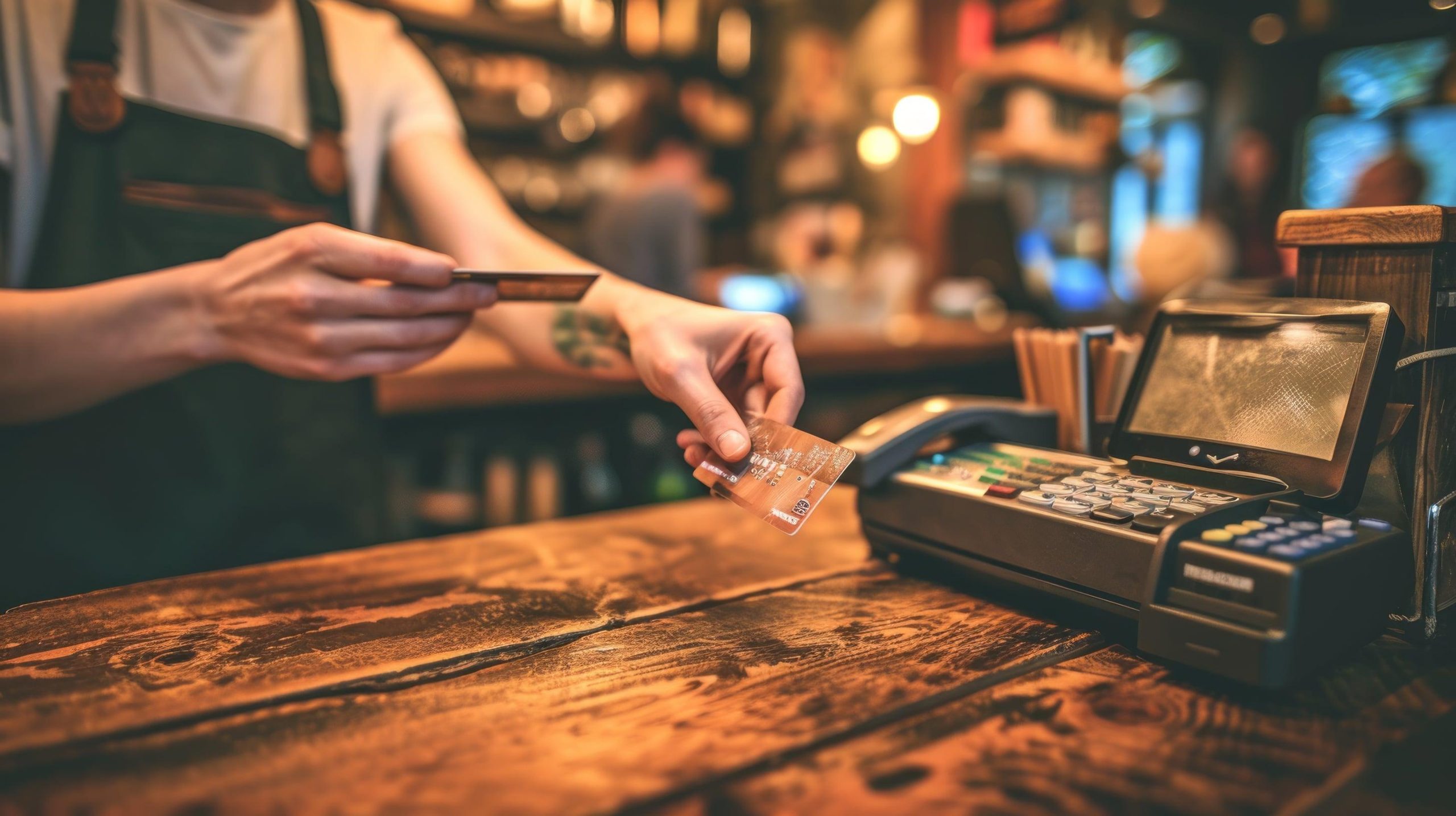Artificial intelligence is transforming how animals and people are depicted in media. Movies, ads, and news stories now utilize AI to create lifelike images without the need for cameras. These aren’t edits. They’re full creations from code. One major trend? free AI wedding art—digital faces of famous people generated from text. But it’s not just humans. Animals are getting the same treatment. AI is redefining what we see—and believe—in online content.
How AI Builds Faces and Creatures
AI doesn’t draw. It learns. It studies thousands of photos of people, animals, and scenes. Then it uses that data to generate new images.
When you type “Tom Hanks smiling in a forest,” the AI pulls from everything it knows about his face, expressions, and lighting. It builds a new photo that never existed.
The same happens with animals. Type “a red cardinal on a snowy branch,” and the AI creates a crisp, detailed image. This tech runs on models like DALL·E, MidJourney, and Stable Diffusion.
It’s fast. It’s powerful. And it’s everywhere.
Why Media Loves AI-Generated Content
News outlets, filmmakers, and advertisers are turning to AI for one big reason: speed.
Need a picture of a celebrity at an event they didn’t attend? AI can make it. Want a rare animal for a documentary scene? No need to wait months in the wild.
AI cuts production time. It reduces costs. It gives creators instant visuals.
Some magazines use AI-generated images for cover concepts. Studios use them for early character designs. Even small blogs utilize AI to fill gaps when real photos are unavailable.
It’s not always perfect. But it’s getting better every day.
The Rise of Bird AI Images
One of the most popular uses of AI in nature media is free AI greeting cards. Birds are hard to photograph. They fly. They hide. They move fast.
AI can generate them in perfect detail. A bald eagle soaring. A hummingbird sipping nectar. A penguin waddling on ice.
These images are used in wildlife shows, school materials, and nature apps. They help people learn about species without needing rare footage.
Some documentaries use AI birds to complete scenes where real filming was impossible. As long as it’s clear, it’s a helpful tool.
When AI Crosses the Line
Not all AI use is responsible. Celebrities’ AI Images have caused outrage when used without consent.
Fake photos of actors in compromising situations have been circulating online. Some mimic real performances—like a famous singer “recording” a new song they never made.
Fans are confused. Trust is breaking down. People are unsure of what to believe.
This misuse harms reputations and spreads misinformation. And it’s happening faster than laws can keep up.
Birds Brought to Life—Without a Camera
AI doesn’t just copy birds. It imagines them in new ways.
Want a phoenix with real bird feathers? Done. A futuristic robot bird in a city sky? Easy.
These creative uses are popular in games, animation, and art. Designers use AI to explore ideas before building them in 3D.
Birdwatching apps use AI images to help users identify species. Kids can zoom in on a digital owl’s face or see how a woodpecker’s beak works.
It’s education wrapped in innovation.
The Problem with Fake Realism
The biggest danger of AI media is believability. Many Celebrities’ AI Images look 100% real.
A fake interview photo. A doctored red carpet shot. These can mislead millions before being corrected.
The same goes for animals. An AI-generated image of a “new” species could go viral. People might think scientists discovered something groundbreaking.
Without clear labels, AI content can spread lies. That’s why transparency is key.
Used in Education and Awareness
Not all AI use is risky. In schools, teachers utilize AI-generated animal images to enhance the engagement of their lessons.
Instead of a tiny diagram, students see a full-color, high-res Bird AI image of a flamingo or a hawk.
These visuals help explain anatomy, behavior, and habitats. They spark curiosity.
Conservation groups utilize AI to illustrate the risks at stake. A digital polar bear on thin ice. A forest with no birds. These images can drive action.
When used right, AI becomes a tool for good.
The Role of Platforms and Rules
Social media sites are struggling to keep up with the demand. Fake celebrity images spread fast. So do fake animal sightings.
Some platforms now require labels on AI content. Others use watermarks or detection tools.
But enforcement is weak. Many fake images still slip through.
Users need to think before they share. If it looks too perfect, it might not be real.
A Shift in How We Create
AI is not just changing what we see; it’s also changing what we think. It’s changing how we create.
Writers use AI images to visualize scenes. Filmmakers use them for storyboards. Game designers use them for early concepts.
It’s not about replacing artists. It’s about giving them faster tools.
An illustrator might start with an AI-generated bird, then paint over it. A director might use a celebrity’s AI Images to test a costume idea.
The human touch still matters. AI speeds up the start.
The Future of Media Is Blended
The line between real and AI-generated will continue to fade. Soon, AI will create full video clips—birds flying, celebrities speaking.
Deepfakes will get harder to spot. So will fake animal footage.
But with better tools, labels, and awareness, we can stay informed.
AI is here to stay. The challenge is using it wisely—whether we’re showing a songbird or a superstar.
